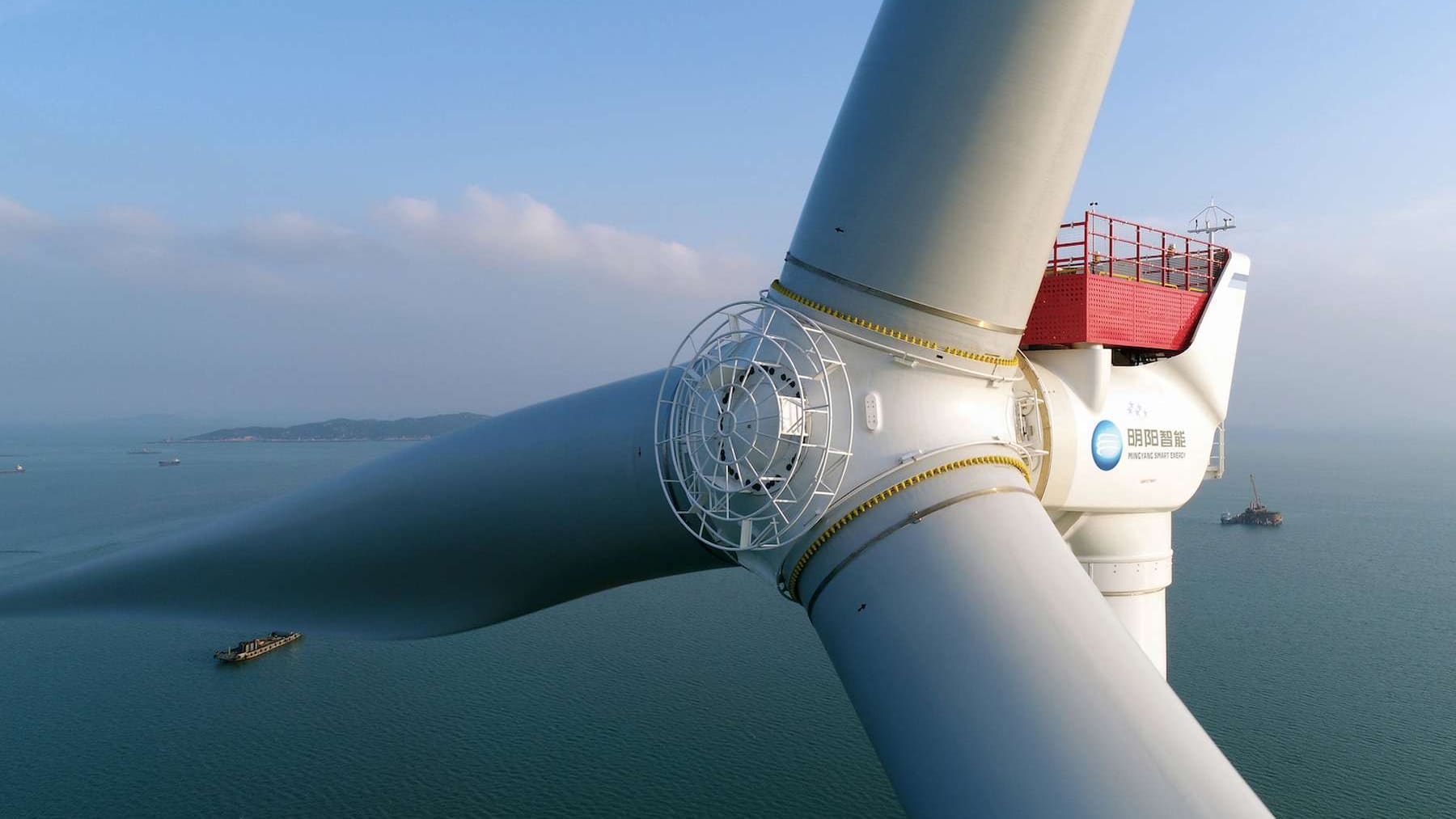Switched on for the first time the largest wind turbine in history: It has caused an unexpected effect
October 20, 2024

Despite having a reputation for contributing to global warming and toxic emissions, China turned the tables and is now one of the nations going green. Mingyang Smart Energy installed a 20 MW offshore giant wind turbine in August 2024, which is the largest wind turbine in the world. With its 128-meter blades and 242-meter height, it can produce enough electricity each year to power 96,000 homes.
However, the activation of the turbine has brought about an unforeseen consequence: changes in the microclimate surrounding the installation site. Although wind turbines typically change airflows, the structure’s unparalleled size is enhancing these impacts, leading researchers to investigate how such enormous installations can affect regional weather patterns.
According to a report by EcoNews, on August 28, 2024, the 16 MW wind turbine, the largest in the world, was formally put into service in the South China Sea province of Hainan, China. The location was chosen with care to maximise the benefits of ideal wind speeds and its separation from the continental shelf, two factors that the turbine was specially made to perform well in.
Engineering wonder: The 20 MW giant’s size and strength
This revolutionary turbine pushes the limits of offshore wind technology and dwarfs any prior design. More wind energy is captured than ever before by each of the turbine’s blades, which cover an area bigger than two football fields. This engineering marvel’s 20 MW output significantly increases the possibility of wind energy to meet the world’s electricity needs and marks a significant advancement in renewable energy technology.
By reducing the amount of space needed for wind farms, the higher efficiency also makes it possible for fewer turbines to produce the same amount of energy. Notwithstanding the successes, the turbine’s enormous size has had unanticipated environmental effects. Studies have shown that turbines of this size modify the immediate microclimate and local wind patterns, resulting in changes to wind speeds and temperature distributions surrounding the installation.
In order to comprehend the long-term effects of these changes, researchers are currently keeping a careful eye on them. The turbine is specifically suited for locations that are prone to typhoons and is intended for worldwide deployment in areas with medium-to-high wind speeds. The wind turbine can tolerate gusts of up to 79.8 m/s, according to the Mingyang website (Memija, 2024).
Prospects for the future: Optimising advantages and reducing adverse effects
Wind as a renewable resource is packaged into many advantages, such as availability and abundance. No one has to worry about the environment being harmed consistently. The success of the Mingyang turbine is a testament and evidence to humans striving to produce resources that are good for the Earth. This is not only to benefit the environment but to benefit the global community too and to stabilise the economy through sustainability.
As new technologies are implemented at previously unheard-of scales, the unanticipated microclimate changes surrounding this enormous wind turbine highlight the necessity of thorough environmental evaluations. Innovations like the Mingyang turbine will be essential to achieving sustainable energy goals as offshore wind energy continues to grow internationally.
However, preserving a balance between energy and local ecosystems will depend on making sure that such technologies don’t unintentionally disturb them. With the potential to smash records, this is the biggest wind turbine ever made. In actuality, its height is the least of its many advantages because energy efficiency is rapidly increasing and it has far more potential than the nuclear power plants that America wishes to “resurrect”.
The concept is straightforward: decarbonise and, as we have shown in New York, do so over the sea if there is no room (Garcia, 2024). Environmentalists and scientists are investigating the potential effects of these shifts on coastal climates, bird migration patterns, and marine ecosystems. The turbine’s energy benefits are indisputable, but it also serves as a warning that advancements in renewable energy have their own set of drawbacks.
Search
RECENT PRESS RELEASES
Related Post



